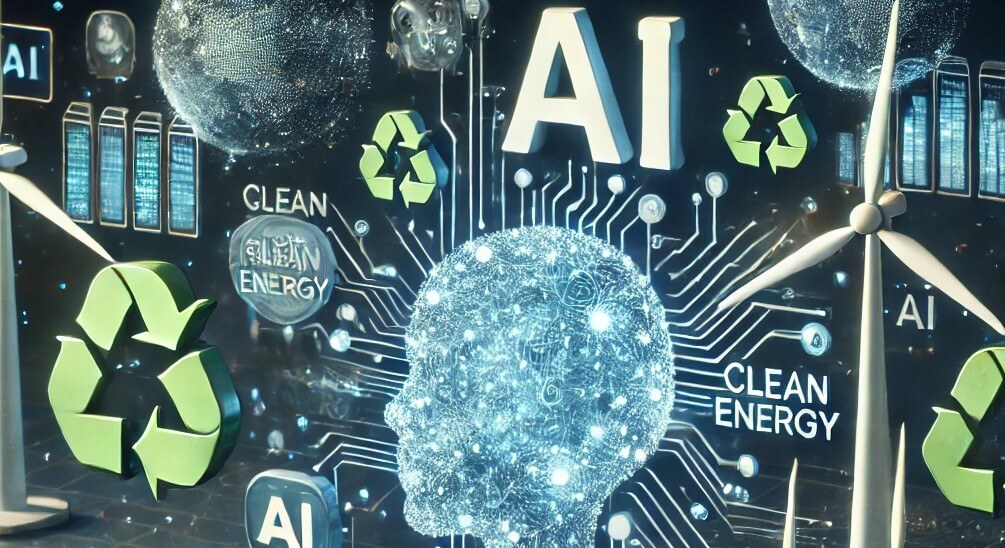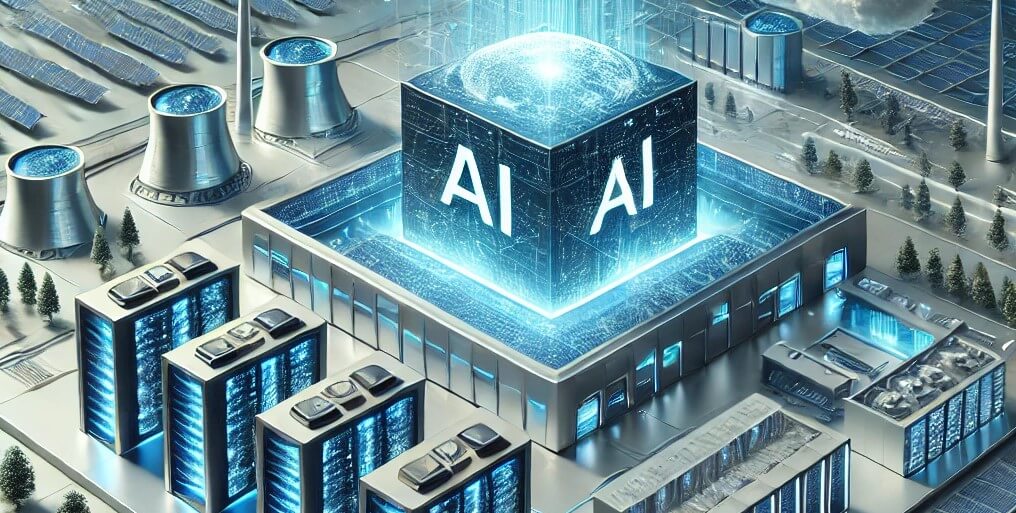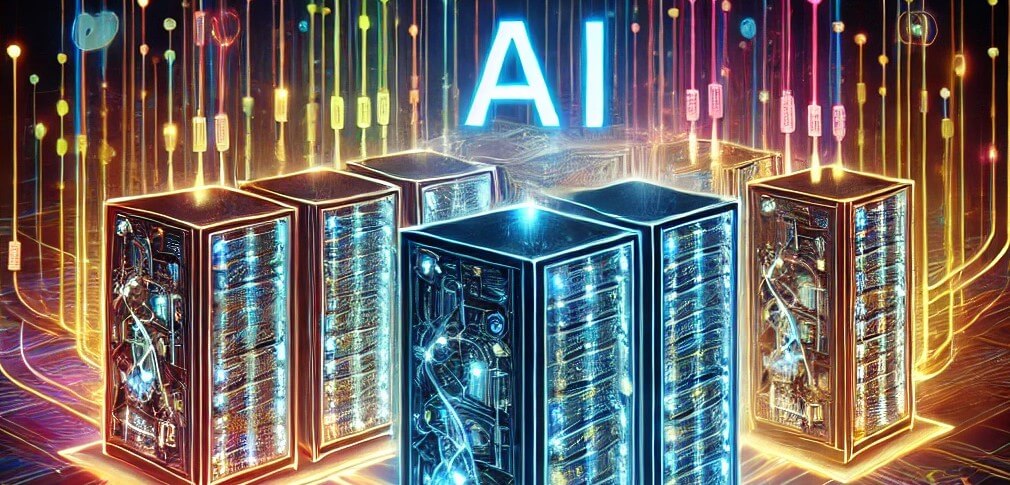On Thursday, top executives from major tech companies, including OpenAI’s CEO Sam Altman, Google senior executive Ruth Porat, and Anthropic CEO Dario Amodei, will gather at the White House to confront a growing challenge: powering the rapid expansion of artificial intelligence (AI). As AI continues to revolutionize industries, its energy consumption has raised serious concerns about the strain it could place on the U.S. energy grid. The high-level meeting marks the first time U.S. government officials and AI industry leaders will sit down to discuss AI’s mounting electricity demands and how to sustainably manage them.
AI’s Thirst for Energy

AI systems, such as OpenAI’s ChatGPT, require vast amounts of computational power, which in turn demands significant energy. According to the International Energy Agency (IEA), a single request on ChatGPT consumes roughly ten times the energy of a typical Google search. As AI adoption accelerates, the energy required to support these systems is expected to grow dramatically. By 2026, the industry’s energy consumption could be ten times higher than in 2023. Goldman Sachs predicts that AI will drive a 160% surge in power demand from data centers by 2030, signaling a substantial challenge for an already aging U.S. power infrastructure.
The meeting, which will include officials from the Department of Energy and Commerce, reflects the growing recognition of the problem at the highest levels of government. Energy Secretary Jennifer Granholm and Commerce Secretary Gina Raimondo are expected to lead discussions on how to balance the need for sustainable energy solutions with the growing demands of AI.
Balancing Innovation with Sustainability

The Biden administration is committed to advancing AI technologies responsibly, ensuring that the benefits of AI, such as its potential to tackle complex issues like climate change and cancer, are not outweighed by its energy requirements. According to a White House spokesperson, President Biden and Vice President Harris aim to deepen U.S. leadership in AI by ensuring that new data centers, the backbone of AI infrastructure, are built domestically and are energy-efficient.
However, the rapid expansion of AI comes at a critical time for the U.S. power grid. As the administration works to transition away from fossil fuels, particularly coal, and toward renewable energy, the increased energy demands of AI could complicate these efforts. The surge in AI-driven power consumption could exacerbate strain on the grid unless managed carefully, which is why this meeting is so timely.
Challenges and Opportunities
While AI has been heralded for its transformative potential across industries, it presents complex challenges, particularly in energy management. Data centers, which house the servers needed to power AI systems, are already significant consumers of electricity. As AI usage grows, data centers will need to be expanded, modernized, and made more energy-efficient to prevent overwhelming the grid.
Sam Altman’s participation in this meeting is particularly notable, as OpenAI’s ChatGPT is one of the most well-known AI models, and its success has helped spur the current AI boom. Altman’s appearance at the White House underscores the urgency of finding solutions to the energy challenge. He, along with other leaders from Google, Microsoft, and Anthropic, will likely push for new technologies, including renewable energy sources and more efficient data centers, to mitigate the industry’s power consumption.
Meanwhile, AI’s role in solving problems related to energy and climate is also being explored. AI has the potential to optimize energy use, improve the efficiency of renewable energy systems, and help researchers develop innovative solutions to global issues. However, as experts point out, this potential must be realized while simultaneously addressing the increasing energy footprint of AI technologies themselves.
Looking Ahead

From my perspective, this meeting between AI executives and government leaders is a critical first step in addressing the energy dilemma posed by the AI revolution. The rapid development of AI technologies has largely outpaced infrastructure updates, making it vital for industry and government to work together on sustainable solutions. By fostering innovation in energy-efficient AI systems and expanding the use of renewable energy, the U.S. can continue to lead in AI development without compromising its environmental goals.
It’s clear that while AI offers enormous benefits, its growth cannot come at the expense of energy sustainability. The outcomes of this meeting could shape the future of both AI and the energy sector, creating a roadmap for how to power the next wave of technological innovation. The challenge now lies in finding a balance that supports both the booming AI industry and the nation’s broader energy transition.
Sam Altman, along with other tech leaders, has a full schedule this week. Following the White House meeting, Altman will appear in a primetime special about AI hosted by Oprah Winfrey, underscoring his role as a key figure in the ongoing dialogue around AI’s future. As the world watches, the intersection of AI innovation and sustainable energy remains one of the most critical issues of our time.






